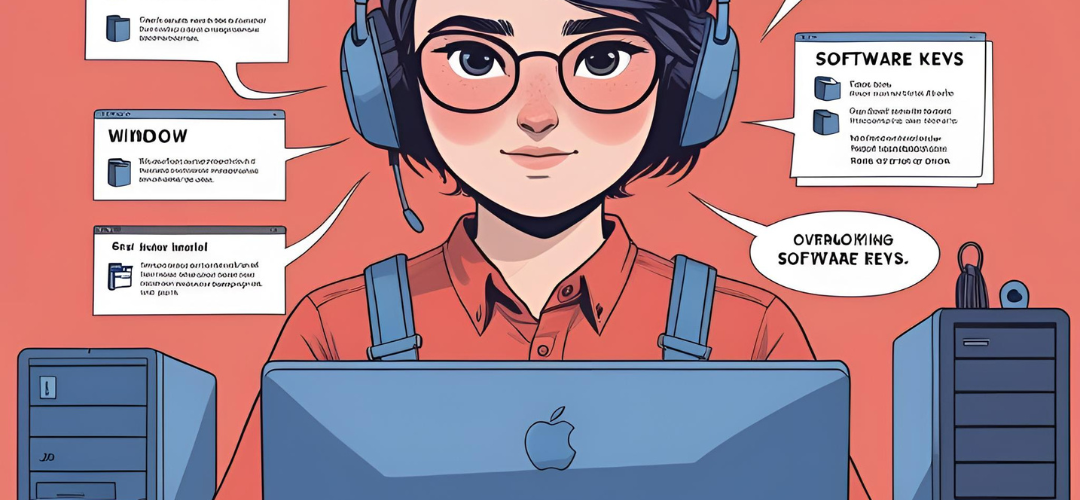Upgrading your computer can breathe new life into its performance, but it can also come with concerns about data loss—especially when it comes time to reinstall Windows. If you’ve decided to migrate your operating system from an old hard disk drive (HDD) to a newer solid-state drive (SSD) for improved speed and efficiency, it’s essential to understand what this entails for your data.
Understanding Fresh Installation
A fresh install of Windows generally involves wiping the current operating system from your drive and starting anew. In your specific situation, you are aiming to relocate your OS from a 1 TB HDD that has served you well since 2016 onto a newly integrated 2 TB SSD. The goal is to enhance the performance of your PC by capitalizing on the speed advantages inherent in SSD technology.
Risks of Data Loss
When you perform a fresh installation, the primary concern is the data that resides on the drive where you will install Windows. By removing your old HDD and initiating the installation on the SSD, the operating system will be placed on the SSD, and, typically, the process won’t disturb other drives unless specifically instructed to.
In your case, you mention having already used the SSD for storage. Because you want to retain the existing data on this drive, it is critical to take the right steps:
- Back Up Important Data: First and foremost, ensure that you back up any essential files on the SSD. Use an external hard drive, cloud storage, or another secure method to save your important data. This is a precautionary measure that can save you from unexpected scenarios.
- Partitioning the SSD: If you prefer to keep your files on the SSD and still install Windows, you can create a partition. This process essentially divides the SSD into separate sections, allowing you to allocate a specific amount of space for the operating system while leaving the remainder for your files. However, be cautious during the partitioning process; if done incorrectly, it could lead to data loss.
- Using the HDD for Storage: After the fresh installation on the SSD, your old HDD can be repurposed without losing its current data, provided you don’t format it during the process. Just reconnect it to your system after the installation, and it should retain all your previous files intact.
Final Thoughts
In sum, a fresh installation of Windows can enhance your computer’s performance significantly, especially when moving to an SSD. However, data loss can be a serious concern if the proper precautions are not taken. Always back up your data before proceeding. If you decide to partition the SSD, make sure you follow the guidelines accurately. And remember, when repurposing your old HDD, take care not to format it to preserve your data.
By taking these steps, you can enjoy a speedier system without the worry of losing valuable data in the process. Happy computing!





Add comment